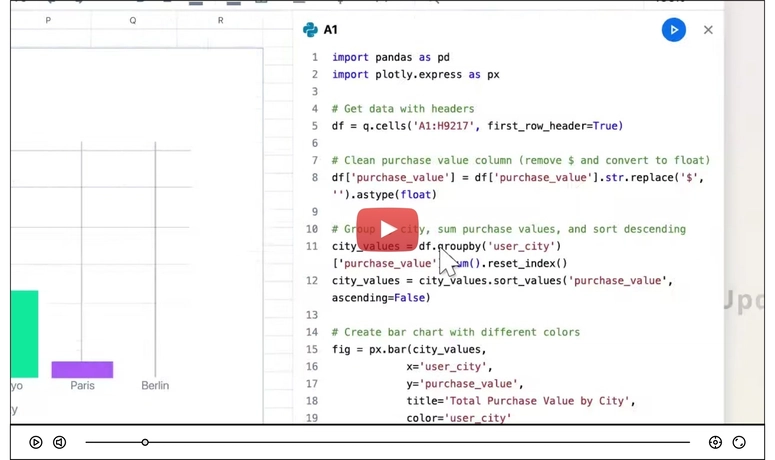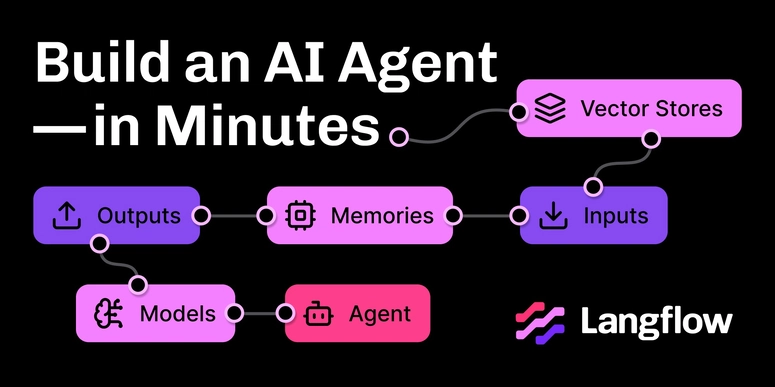Introduction
When working with forms in React, handling state efficiently is crucial to maintaining good performance. React Hook Form (RHF) provides two powerful utilities, watch and useWatch, to track form values in real-time. However, many developers struggle to understand their differences and when to use each.
When I worked with RHF, I thought both do the same thing and one is a replacement of other. The RHF documentation also doesn't go into depth explaining the differences between these two. It simply say " useWatch behaves similarly to the watch API, however, this will isolate re-rendering at the custom hook level" and that's it.
I knew this meant useWatch gives better performance but I wasn't sure in what way or by how much. I also wasn't aware how important the difference between these two is. This was until I hit a bottleneck in a very large form.
So, in this article I will layout my findings and we'll explore:
✅ Key differences between them
✅ Real-world examples
✅ When to use watch vs useWatch for better performance
Let's dive in! 🚀
Differences between watch and useWatch:
The main difference that we are concerned with is performance. According to the docs:
watch: This API will trigger re-render at the root of your app or form.useWatch: Behaves similarly to thewatchAPI, however, this will isolate re-rendering at the custom hook level.
Now, what does this mean? … Let's see the differences using real world examples.
Real-world examples:
watch triggers a re-render the root level i.e. at the component where you initialize the form.
Check it out yourself: https://codesandbox.io/p/sandbox/how-watch-works-gvllkd
useWatch only triggers a re-render in the component where you call the hook.
Check it out yourself: https://codesandbox.io/p/sandbox/how-usewatch-works-x2szsd
When to Use watch vs useWatch?
As a rule of thumb, always use useWatch. The performance difference between these two is insignificant in small forms with just a few inputs such as a login form. However, in large forms with several inputs such as date-pickers, selects, comboboxes etc, the performance difference is clearly noticeable, especially in older devices.
So, does this mean you should never use watch? Absolutely not, there's always a case where one tool might be useful over the other. However, I have yet to come across such situation in a real world scenario. So, I'd suggest stick to useWatch unless you find it not fit to your use case.
Conclusion
Both watch and useWatch are essential tools in React Hook Form, but one re-renders entire form and the other re-renders just the component where it's used.
🚀 Final Takeaways:
- Use
useWatchalmost always. - Use
watchwhen you are absolutely sure it's what you need.






Top comments (0)